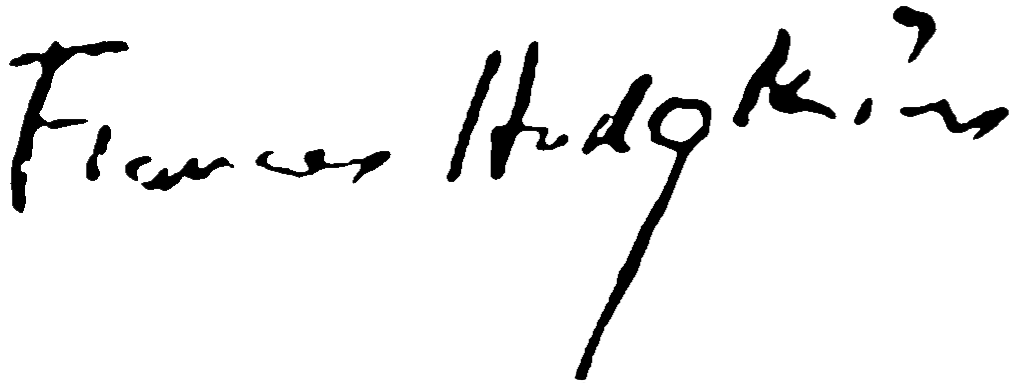-
Frances Hodgkins
Corfe Castle Village, 1945
Watercolour and gouache, 44 x 60 cm
Signed Frances Hodgkins, dated 1945 lower left Titled on mount No. 2 Corfe Castle and To Corfe Castle Titled verso No. 2 Corfe Castle Village
To A. J. McNeill Reid, 20th December 1934; from F.H., Highlands, Corfe Castle, Dorset.
‘I was feeling very much under the weather both physically & otherwise but have picked up wonderfully since coming here and am now doing quite good work under the spell of the place & general atmosphere of calm & simplicity . . .’
Frances Hodgkins first moved from London to Corfe Castle in 1934. Corfe Castle is situated on the Isle of Purbeck, in Dorset, and is a historic site known primarily for the ancient castle ruins that sit on top of a hill immediately behind the village. Hodgkins relocated to Corfe Castle in an attempt to take ‘refuge’ in the countryside and to reconnect with her friend from St Ives, the potter Amy Krauss. Hodgkins would return to the village regularly and in 1936 she set up a small studio, in a converted Wesleyan chapel in West Street.
Hodgkins eventually made Corfe Castle her permanent home in 1940 when she could no longer travel back and forth to Europe. She believed that Corfe was the place for quiet ones. Living in Corfe Castle gave her the opportunity to work 'moderately hard, moderately successful in a landscape of steep valleys speedy rivers & castles looking like their own mountains.'
A selection of Hodgkins’s works was included in the British Council exhibition in Paris in 1945, Quelques Contemporains Anglais, to celebrate the liberation of France. Corfe Castle was not always idyllically peaceful. With the outbreak of the Second World War (1939-1945), England’s coastline was severely battered by enemy fire and nightly German air raids. Hodgkins was greatly affected by the stress of war conditions and the continual heavy military traffic through Corfe Castle to the coastal defences and army camps around the Isle of Purbeck and the highly secret radar establishment at Worth Matravers, eventually caused the roof of her studio to collapse. She wrote; the planes overhead bringing back wounded from Normandy have scared all art out me.
A key part of her work during this period was the continued influence of French art and the increase of a neoromantic tendency in her work. The present painting,Corfe Castle Village was inspired by the local landscape around her cottage and studio. Painted in gouache in predominantly greens and blues, with dashes of bright yellow, Hodgkins makes a play on that recurring theme in her late works: the still-life combined with a landscape view. Here however, she blends architectural features into the local landscape so that roofs of houses are seen just peeking out from the scrubby hillside terrain.
The central undulating hill accompanied by a wealth of vegetation that is mapped out in a variety of strokes, produces a painting that is quietly contemplative yet deeply arresting. Corfe Castle village is situated between two gaps in the ridges of the Purbeck hills. The present scene is painted from the Eastern ridge of the Purbeck Hills looking over houses in the Wareham road entrance to the village and across to the rounded edge of the scrub covered Western ridge. The scene of this painting remains virtually unchanged to this day.
Written by Jonathan Gooderham & Richard Wolfe.
Provenance
Leicester Galleries, London, purchased by Ian Phillips Esq, 1945
Private collection, Nelson, N.Z
Private collection, U.S.A
Private collection, Auckland, N.Z
Literature
Roger Collins and Iain Buchanan, Frances Hodgkins on Display 1890 – 1950 (Auckland, 2000), p. 84.
Reference
Frances Hodgkins Database FH1249
(completefranceshodgkins.com)
Exhibited
London, Leicester Galleries, Artists of Fame and Promise, July - August 1945, No. 145
Auckland, Jonathan Grant Galleries, Frances Hodgkins, The Expatriate Years, April 2012, No. 11
Auckland, N.Z. Jonathan Grant Gallery, Frances Hodgkins: A New Zealand Modernist June 2019
